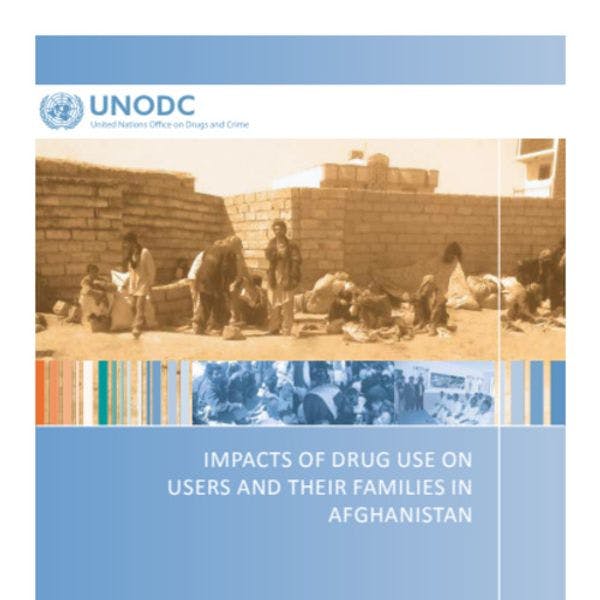Impacts of drug use on people and their families in Afghanistan
Afghanistan is the world’s largest producer and cultivator of opium poppies; it produces almost three quarters of the world’s illicit opium. While a significant amount of the opium produced in Afghanistan is trafficked out of the country, in 2009 it was estimated that almost 10 per cent of Afghans aged between 15 and 64 were drug users.
Based on interviews with drug users, the family members of drug users, key informants and Government officials, this study aims to provide an insight into the origins, evolution and impact of drug use on users and their families across Afghanistan. While the study is not nationally representative, it seeks to enhance understanding of drug use in Afghanistan and provide information to help strengthen prevention and treatment policies.
All the drug users interviewed during the study were “problem drug users”, who used drugs such as opium, heroin, hashish and tranquillizers (for non-medical use) daily or several times a week. Although the use of amphetamine-type stimulants (ATS) is rising in Afghanistan, the number of ATS users remains small and that group was not interviewed for the present research study.
Keep up-to-date with drug policy developments by subscribing to the IDPC Monthly Alert.
Downloads
Regions
Related Profiles
- United Nations Office on Drugs and Crime (UNODC)
